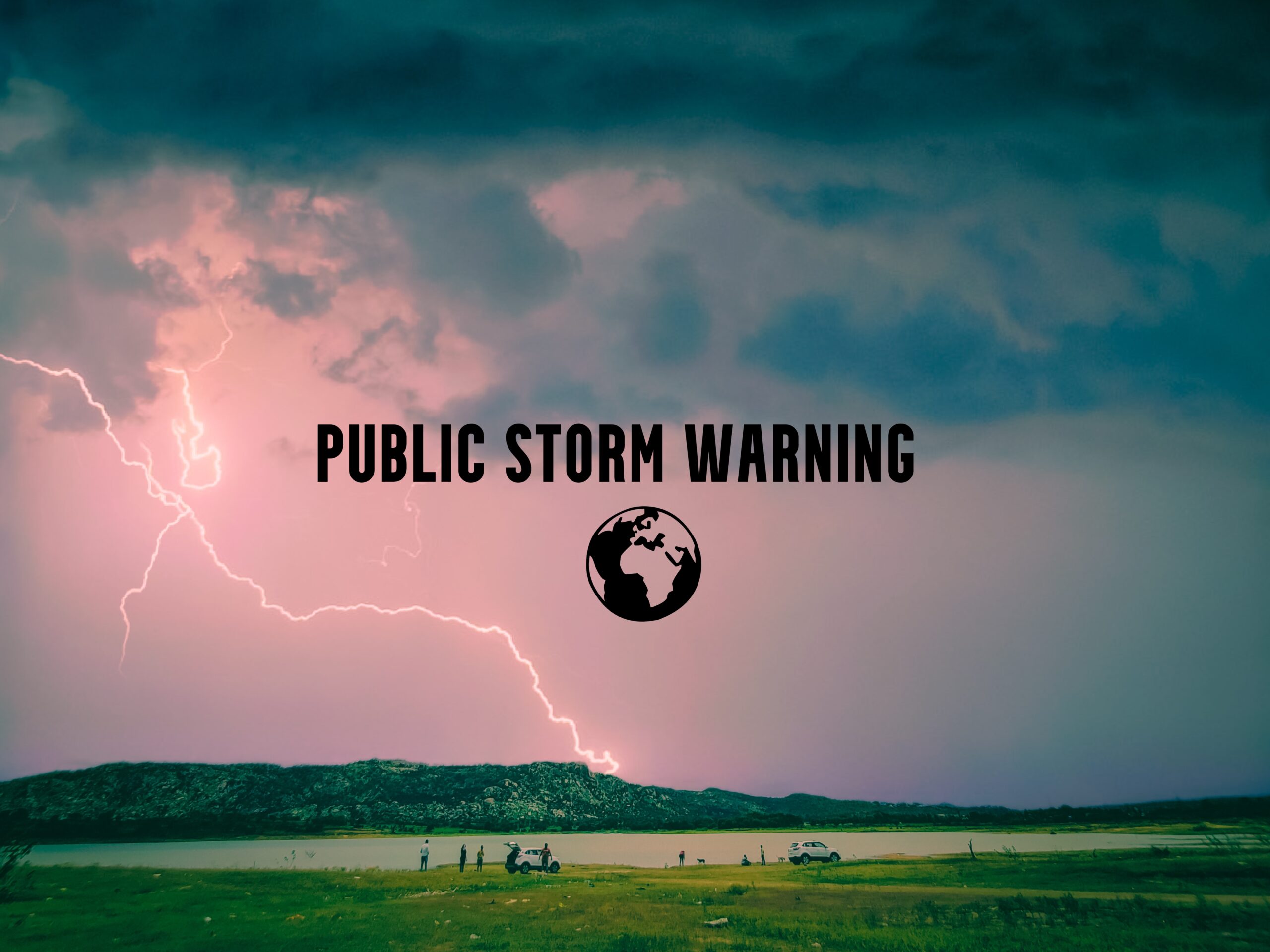As the atmospheric disturbance moves across PAR, signal numbers have assigned to areas based by depending on different factors. Such as the intensity, rotation size, route, storm speed, and many other criteria. The public storm warning has been increased or decreased, according to Today USA. Let’s go over the many storm warning signals that are available to the general public, starting with Public Storm Warning Signal #1.
The spot where every Public Storm Warning Signal No 1 has first raised or put into service. Thus, this is the signal that can notify of the stated weather-approaching incidence conditions. However, the main factor that should be considered is the range of expected wind speeds and the estimated lead time stated for each signal.
So, let’s learn more about it.
What Is the Public Storm Warning Signal #1?
This is an indication that alerts the general public to approaching storms or, in a similar vein, bad weather conditions. However, the weather team indicates it before several hours so that the general public and government can make necessary steps.
Initial Public Storm Warning is the primary stage signal that is normally predicted to arrive a day and a half prior to the looming disaster. Various indicators work for a believable amount of time. 24 hours prior to the storm, the Public Storm Warning Signal 2 has activated. Public Storm Warning Signals 3 and 4 have raised separately 18 and 12 hours before the storm, respectively.
What does Public Storm Action Signal No. 2?
Keep a close eye on the cyclone’s most recent encounter, location, and moving velocity because it could strengthen and become closer to the area. The general public has recommended refraining from taking unnecessary risks, especially those who travel by water or air.
Public Storm Warnings
Understand the different warning indicators, their lead time, and how they affect the ecosystem by looking at the table below:
| Signal for public storms | Time in hours | Winds are in KMPH | Wind Effect |
| #1 | 36 | 30-60 | Light to no damage |
| #2 | 24 | 61-120 | Medium to light effect |
| #3 | 18 | 121-170 | Medium to high impact |
| #4 | 12 | 171-220 | Very high to extremely severe damage |
| #5 | 12 | >220 | Very high, with widespread effects |
Precautions on Public Storm Warning Signals 1–5
- From time to time the strength and proximity of the tropical storm may increase and update as it comes closer to the area.
- Throughout this time, the storms around the coast could increase in size.
- The most recent severe weather bulletin from PAGASA should have listened to every six hours.
- Unless there are flood conditions, normal operations can continue.
- Units for disaster preparation are on alert status.
Strom Damage
- Light to no harm for infrastructures with high risk.
- Light to medium damage for low-risk structures.
- Expectedly there is the possibility that lightweight material related to the construction site may get harmed.
- The leaves of the banana plants have distorted.
- Rice crops that are at the flowering stage could experience serious damage.
- Small and little tree branches become damaged.
Conclusion
In short, this is about public storm warning #1, whereas, tropical cyclones are also important to keep in mind because they are continually moving at high speed. When PAGASA issues the warning, they are often headed for the Philippines. Because of this, the Public Storm Warning Signal 1 for a damaged area may gradually weaken or strengthen. Public Storm Warning Signals #1 and 5 have required or reduced when a powerful storm is approaching and moving away.
Although, the warning may be decreased by one signal level in the case of a sharp improvement in weather brought on by a major sluggishness. Or as well as the acceleration of the tropical cyclone’s rate of exit from the country. For instance, PSWS #3 might be decreased to PSWS #2.

